As artificial intelligence continues to shape the future, the need for advanced AI lab setups becomes essential. This blog explores the key elements of futuristic AI labs, focusing on their innovative designs, cutting-edge equipment, and the optimal environments that support groundbreaking research.
The Importance of AI Lab Setups
AI labs are the birthplace of technological advancements, where great minds come together to push the boundaries of what machines can do. These setups are crucial as they provide the resources and environment needed to explore and develop new AI technologies. In the dynamic world of AI, an array of innovative projects emerges from well-equipped labs. From developing smarter robotics to formulating advanced neural networks, the possibilities open to researchers are vast and intriguing.
The significance of setting up a comprehensive AI lab goes beyond mere innovation—it sets a foundation for students and professionals to explore and understand complex AI concepts through hands-on experience. Imagine a place where ideas transform into tangible results, enabling communities to connect through data science, robotics, and machine learning. This is what AI labs offer—a sanctuary where the theoretical meets the practical, and learning transcends the traditional classroom boundaries.
Key Features of a Futuristic AI Lab
Modern AI labs incorporate a variety of cutting-edge features. From high-performance computing clusters to advanced machine learning tools, these elements form the backbone of any successful AI laboratory. Such labs utilize robotics automation for experimentation, allowing researchers to undertake complex experiments with precision and heightened efficiency.
Another critical component is the integration of data acquisition systems that facilitate real-time analytics, enhancing the learning curve, and providing quicker insights into ongoing experiments. Furthermore, these tools and systems open pathways for scientists to engage in multi-faceted research, blending ideas across computational, mechanical, and biological domains. Employing state-of-the-art networking systems ensures that the AI lab maintains a robust connection to other research hubs worldwide, fostering international collaboration and innovation.
Innovative Design for Collaboration
The design of a futuristic AI lab emphasizes adaptability and collaboration. Open spaces, flexible layouts, and smart technology integration are essentials fostering creativity and cooperation among interdisciplinary teams. An autonomous work environment powered by AI can transform traditional research methods, allowing scientists to focus more on hypothesis and less on setup.
Moreover, these labs are structured to accommodate cross-disciplinary initiatives, promoting the free exchange of ideas and fostering teamwork. By integrating seamless digital interfaces and ergonomic designs, AI labs create user-friendly environments that cater to the needs of diverse research activities. Such spaces embody a community of learning, where shared tools and resources enhance not just individual projects but the collective innovation potential.
Equipping Labs with State-of-the-Art Technology
The effectiveness of an AI lab largely depends on the equipment available. Incorporating the latest in computational hardware, robotics, and AI software ensures that researchers have the tools they need to explore new frontiers in AI. Leading companies, like Agilent, highlight innovations in equipment usage by integrating AI-driven technology into their platforms, optimizing the productivity and accuracy of laboratory workflows.
This integration extends from core components like high-performance GPUs to cutting-edge simulation tools and intelligent machines that simulate real-world scenarios. As both research and industry push the envelope of what’s possible, equipping labs with such technology not only drives experimentation but also fosters an environment ripe for discovery. Beyond standard equipment, the incorporation of advanced data visualization and machine learning software further enriches the experimental capabilities of an AI lab.
Creating an Optimal Research Environment
Beyond physical setup, an ideal AI lab also nurtures an environment that supports focus and innovation. This includes implementing sustainable practices, ensuring high security for proprietary research, and fostering a culture of continuous learning and experimentation. By incorporating features such as AI-powered security solutions and sustainable resource management, labs can offer a safe and eco-friendly workspace.
Moreover, a digitally enabled lab optimizes research timelines, enabling researchers to focus on core challenges without distraction and redundancy. This forward-thinking approach challenges traditional methods, pushing scientists to engage deeply with their work, utilize intelligent systems efficiently, and realize truly groundbreaking advancements in AI, all within an environment that values innovation, protection, and sustainability.
Embracing the Future of AI Labs
Futuristic AI lab setups are not just about integrating the latest technology; they are about creating a space that fosters innovation and seamless collaboration. By understanding the fundamental components of these labs, we can better equip ourselves to push the boundaries of AI research and development.
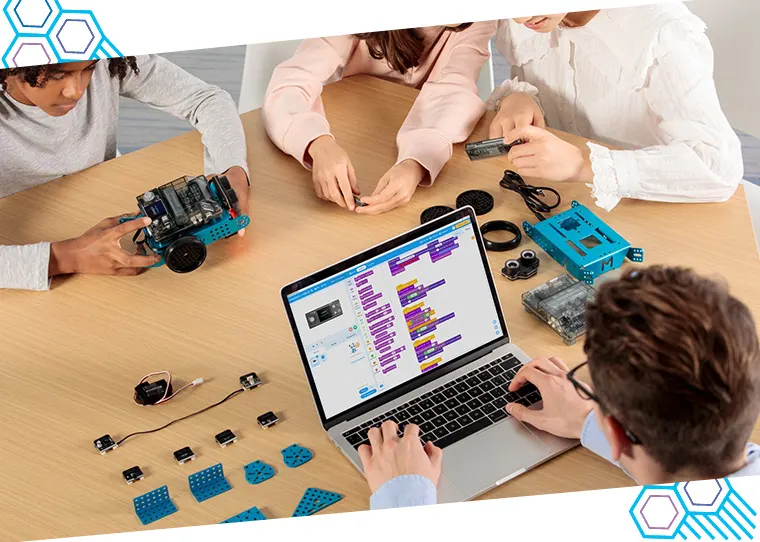


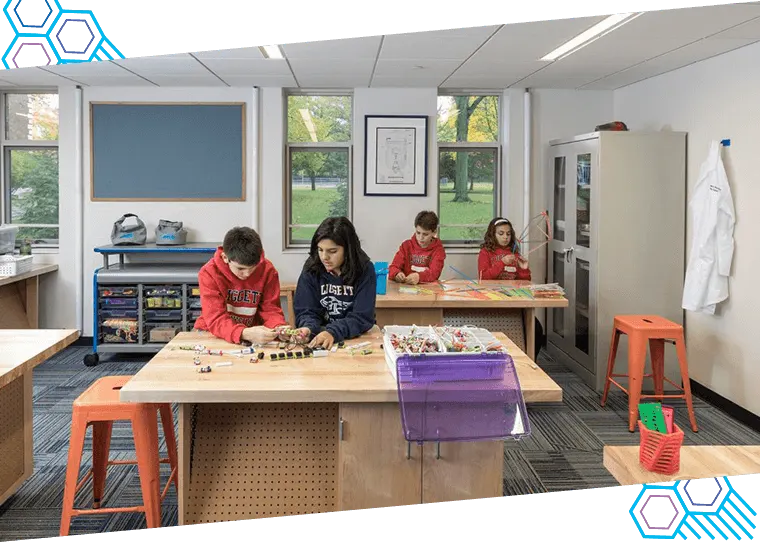
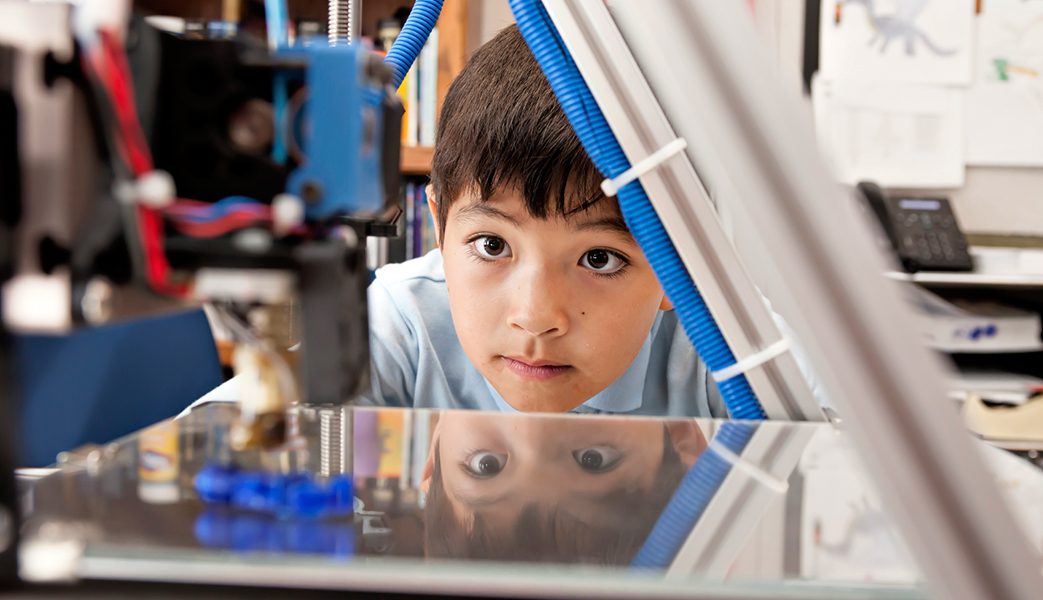
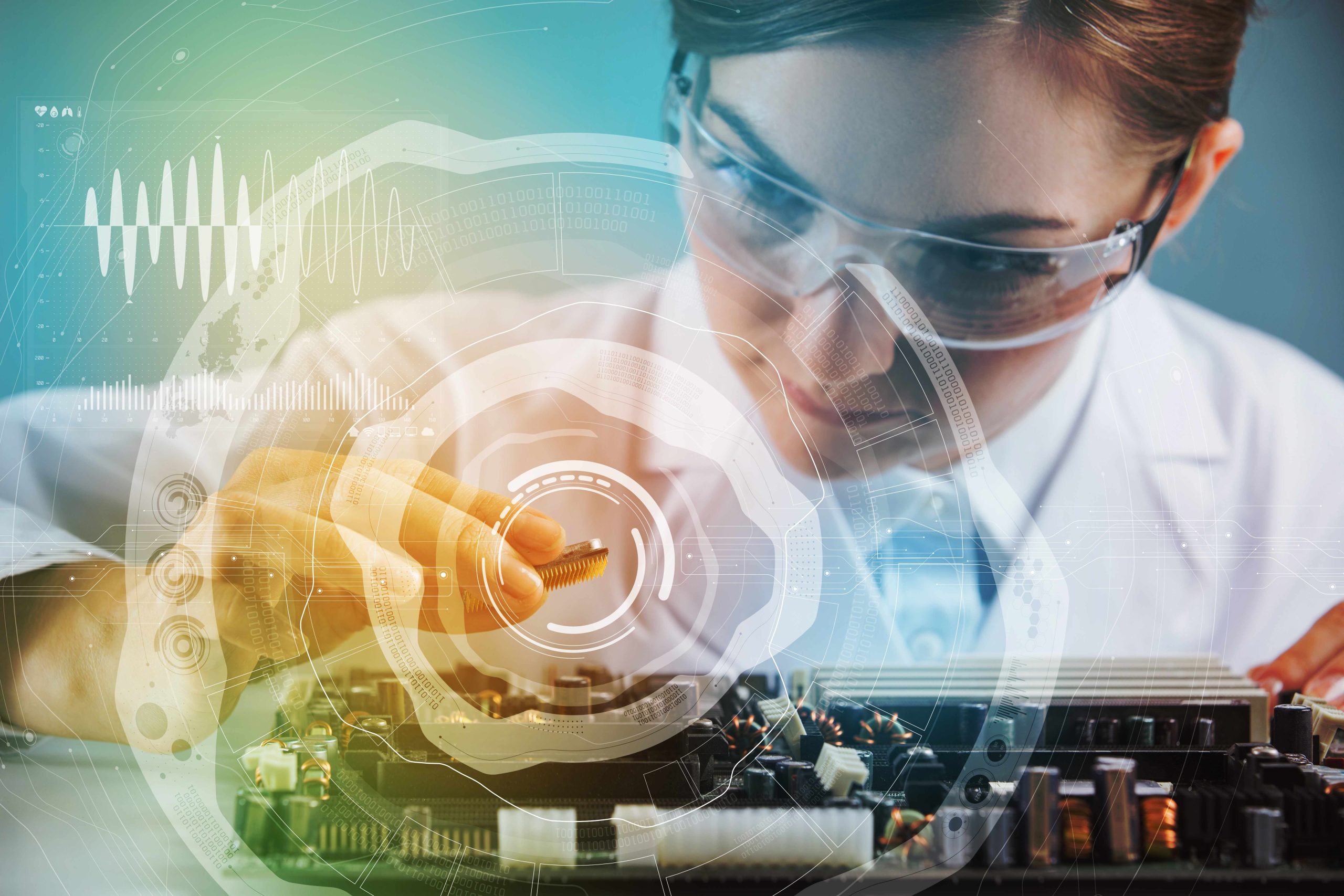

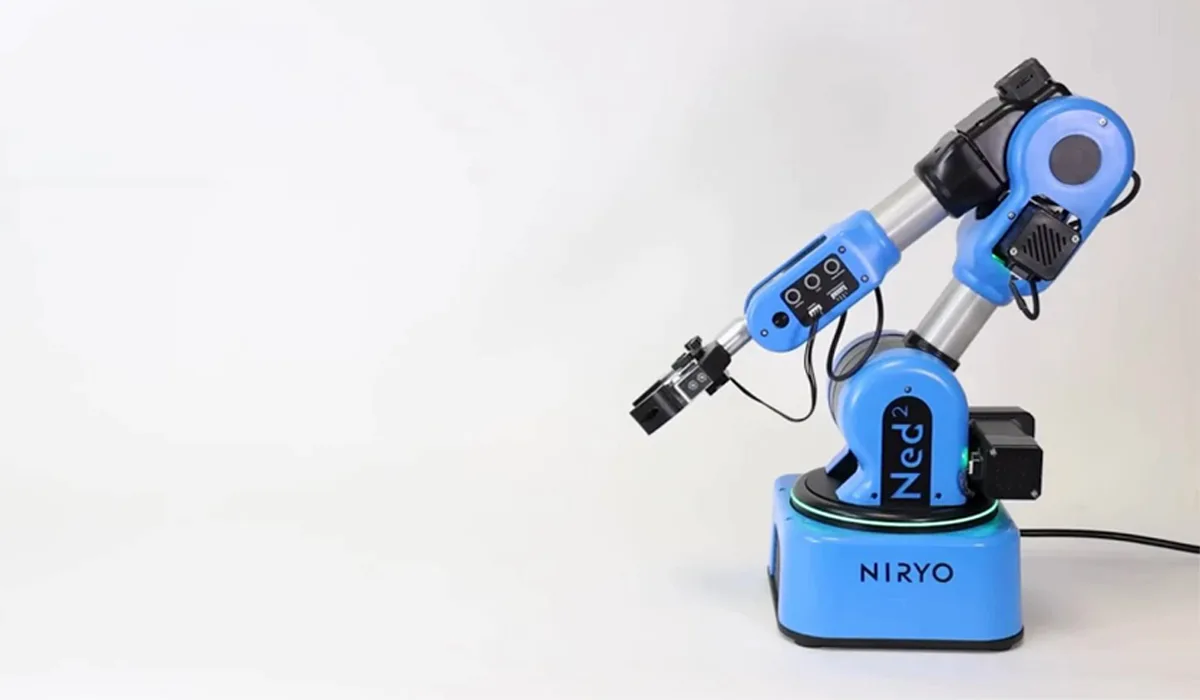






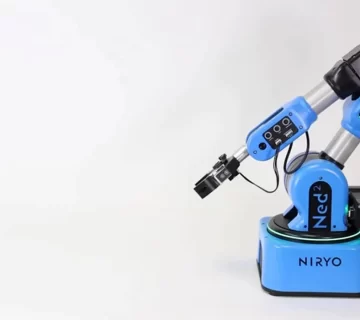


No comment